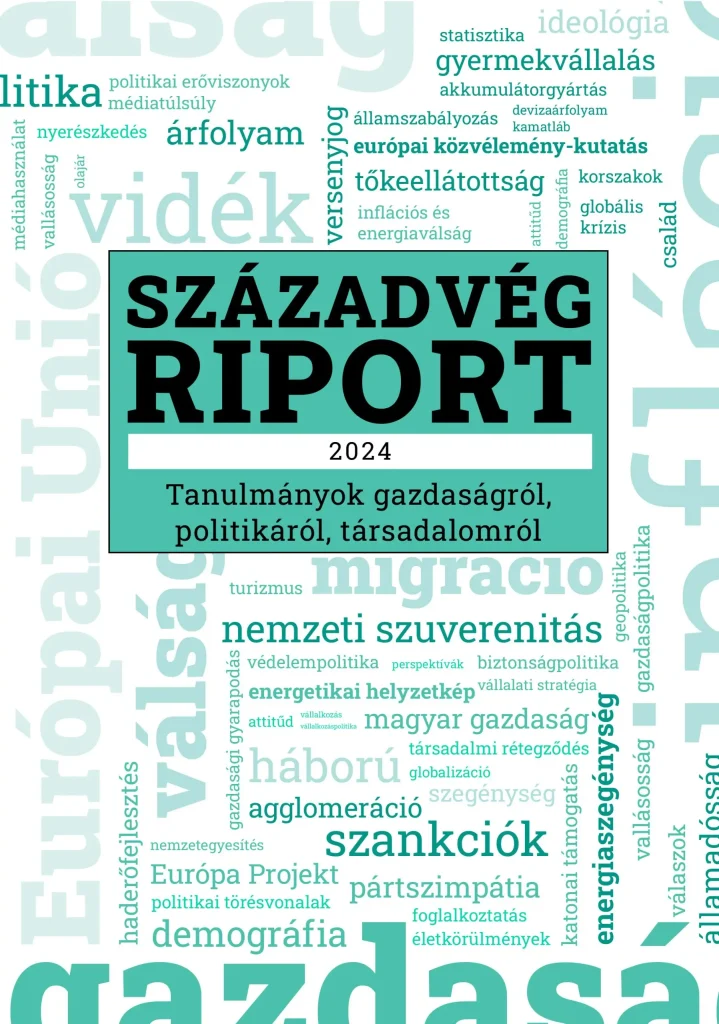Year after year, more people oppose arming Ukraine
Since the outbreak of the Russia-Ukraine war, several European countries have been supplying weapons to Ukraine. What is more, in the first years of the armed conflict, the Ukrainian armed forces fought almost exclusively with weapons from the West. Although some Western European countries have recently begun to finance the Ukrainian defense sector directly, partly replacing arms deliveries, the Ukrainian military command reports that only about 40% of the weapons used on the front lines are manufactured in Ukraine. The commitment of leading European politicians to arms deliveries is demonstrated by Ursula von der Leyen’s statement in February 2025 that “the European Union must speed up arms and ammunition deliveries to Ukraine.” In addition, in March 2025, the President of the European Commission announced, in the spirit of rearmament, an €800 billion package to increase European defense spending, partly so that European countries can “continue to support Ukraine at this critical moment.”
It has been evident in recent years that several European governments have remained firmly committed to arms deliveries to Ukraine, even though public opinion in their countries has been divided on this issue. The latest results of Századvég’s Project Europe research show that public opinion on the continent remains divided on the issue of arming Ukraine, but
2025 will be the first year in which the number of Europeans opposed to arms deliveries (49%) exceeds the number of those supporting them (44%).
At the same time, the proportion of those who support arms deliveries to Ukraine is steadily declining. According to the survey,
the proportion of EU citizens supporting arming Ukraine will decrease by 6 percentage points (from 50% to 44%) from 2023 to 2025, while the number of Member States opposed to arms deliveries rose from 12 in 2023 and 2024 to 16 this year.
In light of all this, it can be said that there is a growing gap between the expectations of the European population and the course of action taken by the European political elite on the issue of arms deliveries to Ukraine.
Overwhelming rejection of military intervention
Instead of promoting mediation between Ukraine and Russia through diplomatic means and solutions, the European political elite continues to be defined by its war rhetoric and its insistence on preparing for war. Among other things, in March 2025, the Danish defense minister announced that Denmark would introduce compulsory military service for women, Norway would drastically increase its military spending and the number of conscripts, Poland planned to more than double its army, while the Lithuanian defense minister said that “negotiations are completely irrelevant at this point” and that if Europe “really wants to stand by Ukraine”, it must “arm itself to the teeth”.
According to the findings of the Project Europe 2025 survey, the population across Europe does not share the belligerence of leading European politicians and, as in previous years, is clearly opposed to military intervention in Ukraine. The survey found
that more than two-thirds (67%) of European respondents disagree with their country sending troops to Ukraine, and support for military intervention in Ukraine does not exceed 50% in any of the countries surveyed.
Furthermore, it is important to emphasise that,
with the exception of Sweden and Finland, the proportion of those who reject military intervention exceeds the proportion of those who support it in all EU Member States.
People in Hungary (90%) and Bulgaria (85%) are the most opposed to sending troops to Ukraine.
In the first half of 2016, the Századvég Foundation conducted a public opinion survey covering the 28 Member States of the European Union to examine the views of European citizens on the issues that most affect the future of the Union. The Project28 public opinion survey was the most extensive ever, with a unique survey of 1,000 randomly selected adults per country, totalling 28,000. The main objectives of the survey were to gauge public sense of prosperity and to explore public attitudes towards the performance of the European Union, the migration crisis and rising terrorism. Following the surveys of 2017, 2018 and 2019, the Századvég Foundation, on behalf of the Hungarian government, continued the research since 2020 under the name Project Europe, which continued to reflect on the most dominant topics in European political and public discourse. The 2025 survey was carried out in 30 countries across Europe, interviewing 30,000 people using the CATI method between 18 February and 17 April.
